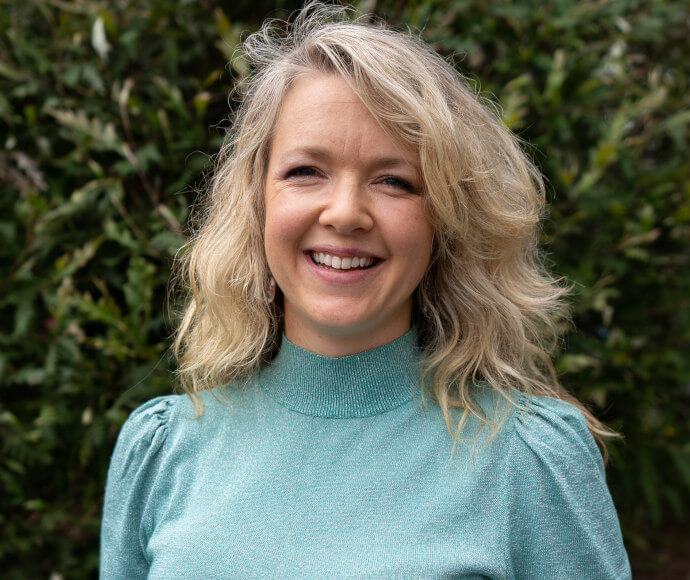Meet 6 women making a difference for our environment through their science
We are thrilled to have so many accomplished scientists and researchers working with us at the Department of Climate Change, Energy, the Environment and Water (the department). This year, we’re celebrating the International Day of Women and Girls in Science by showcasing some of the amazing women solving environmental challenges in New South Wales.
The UN International Day of Women and Girls in Science is all about recognising the achievements of women in STEM and breaking down any barriers they face.
It's a day to inspire girls to explore science, technology, engineering, and maths (STEM) subjects in school. And it's also a day for women of all ages to think about diving into a career in science.
Our wonderful team members bring a diverse range of expertise, skills and lived experiences to deliver better environmental outcomes for New South Wales. They're also proof that not all scientists work in a lab – they drive policy decisions to protect vulnerable species, bridge the communications gap between researchers and land managers or lead entire teams of staff.
There are plenty of opportunities for career exploration and growth at the department. Programs like the Women in STEM Leadership Network have supported women to grow into leadership positions, offering training, professional development, and the space to try new things.
We chatted with some amazing women from the Science, Economics and Insights Division at the department to hear about what they do, why they love it, and to get their advice for any girls or women thinking about a career in science.
Dr Georgina Kelly
Georgina is the executive director of the Science, Economics and Insights branch at the department. 'My role is to lead and enable decision-making science,' she says. 'It's about recognising or creating opportunities for our work to have an impact, and to foster the professional development of our scientists.'
Her passion for science was sparked by a childhood curiosity about nature and how the world worked. That eventually led to a science PhD, followed by several decades working as a scientist before Georgina found 'an opportunity to move away from the "doing" and into the "leading" of science' in a leadership position.
'I think if you're a scientist and wanting to go into leadership, sometimes there's almost a grieving process of leaving the "doing" of the science behind,' she says. 'But there's great joys in enabling others to grow and do the science.'
She would like to see more scientists given opportunities to experiment in roles outside of their 'technical specialist' area of expertise. 'There's a great diversity of things that women in STEM can do, and I'd like to see more opportunities to step over that boundary and do other things in policy and programs,' she says. 'Scientists also bring a different, often very pragmatic, perspective to leadership positions, which is quite valuable.'
She encourages scientists to reflect 'personally and intentionally' on their strengths and where they want their career to take them. 'What are the things you want to do more of? Do you want to work with people? Is it working in science? Do you prefer working in technical roles, or is leadership and culture more important to you? Try new things, experiment and learn from them. Then you'll be better equipped to recognise the right opportunity for you when it comes along.'
Her advice for girls and young women interested in STEM is to be 'courageous and curious'. 'Back yourself and find ways to boost your confidence by focusing on what you can do, rather than what you haven't done yet,' she says. 'If an opportunity comes your way, take it, even though you might be nervous. Be willing to step out into different environments so you can understand how to apply your scientific skills in new contexts.'
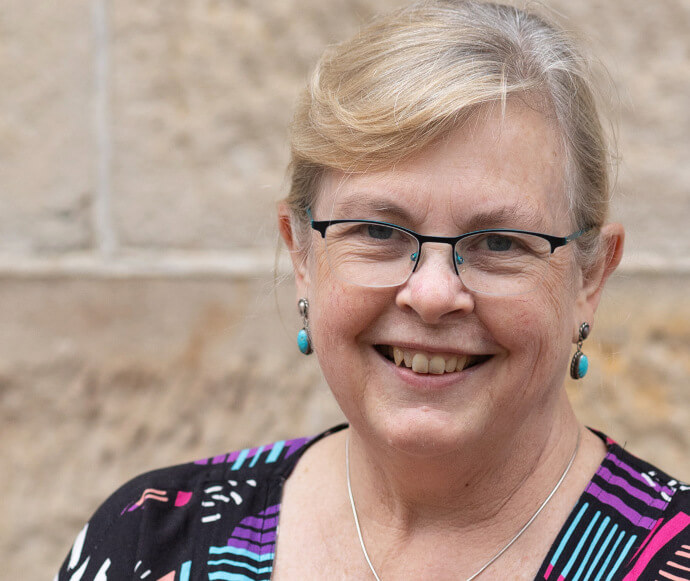
Dr Charuni Pathmeswaran
Charuni works as a senior knowledge exchange officer as part of the Bushfire and Natural Hazards Research Centre. The role means she bridges the space between scientists and the organisations who use their research. 'I make sure the research that comes out of the centre meets the needs of its end users – organisations like the Rural Fire Service, State Emergency Services, and so on,' she says.
Charuni says talking to people is her favourite part of the job. 'I hear so many different ways of thinking, perspectives, attitudes. I always walk away from a meeting learning something, and most of the time, with a solution to a problem that we had.'
Charuni's interest in STEM began with a 'curiosity' about environmental processes and issues. She took that curiosity all the way to a PhD, researching how climate change affects heatwaves in Australia. 'But I also wanted to explore the nexus between research and policy – and I realised my interest is really in science communication and engagement,' she says.
She's familiar with the saying that 'you cannot be what you cannot see' for women in STEM careers. 'If girls can see a woman in a role that they're interested in, they'll know that they can do that, too,' she says. 'Girls need to see that gender shouldn't stop them from trying something new. But for that to happen, we need to have more women in as many roles as possible, and workplaces that support them with things like flexible working arrangements, for example.'
She credits much of her professional and personal growth to people who encouraged her to push herself out of her own comfort zone. 'I know it's easier said than done but take advantage of as many opportunities as you can. And surround yourself with people who will nudge you to do that. Even if you try something and it doesn't work out, you will come out of it as a more resilient individual, which is a major achievement by itself!'
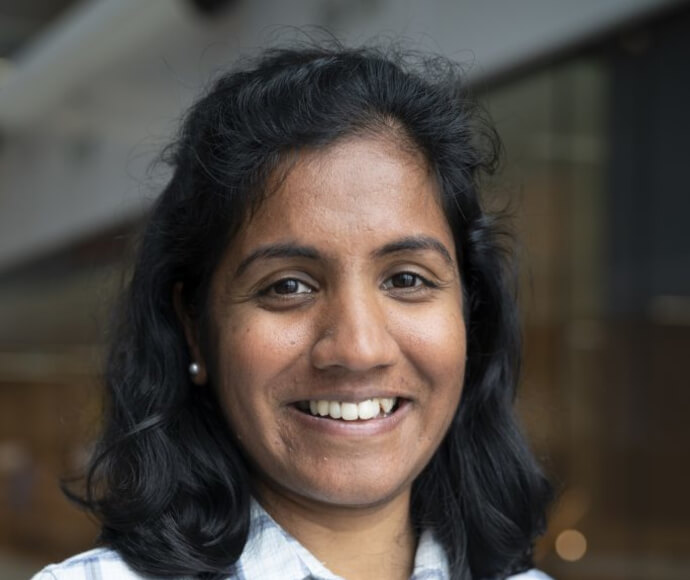
Dr Meena Sritharan
Meena is a plant ecologist in the Conservation and Restoration Science team at the department. Her job involves a bit of everything: some days she analyses data to understand how vegetation has changed in an area over time, or works on developing research projects to resolve knowledge gaps for threatened plants that require management actions as part of the Saving our Species program. Other days, she's outside conducting fieldwork.
'I love designing and developing projects to answer research needs and questions,' she says. 'It's all about answering questions that give you the full 'big picture' idea of what's happening in an ecosystem.'
Meena attributes her passion for the environment and plant ecology to teachers and university lecturers who were clearly 'passionate' about the natural world and understanding it better. 'One professor really changed my way of thinking about plants and how interesting and intriguing they are, and how important they are to humans as well as the environment.'
She's also a coach in the Curious Minds mentorship program, which empowers girls who are high performers in STEM to explore their full potential. It's given her a unique perspective on how young people view STEM subjects and careers – and how to encourage them to pursue their interests, regardless of what others think: 'Follow what you like and are interested in, even if it doesn't seem "cool"!'
She'd love to see more women in senior research leadership positions in STEM fields. 'There are certain perspectives missing in science because those higher positions tend to be dominated by a small group of people,' she says. 'Women often face more hurdles to overcome in order to get those same positions, especially if you want to have a family as well.'
'We need to open that space up more so that everyone can have a voice and an opportunity to conduct research that can positively impact society and the environment.'
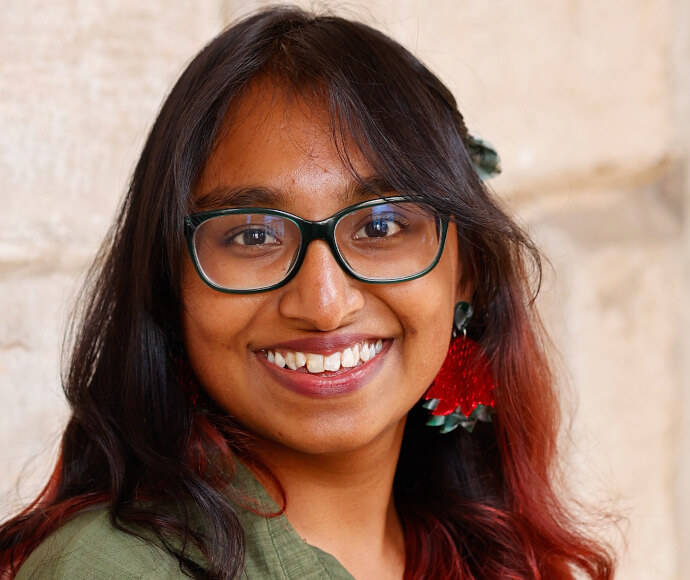
Dr Qurat Tariq
Qurat is the senior team leader behind some seriously impressive infrastructure at the department: the high-performance computing and petabyte-scale storage infrastructure. 'I'm responsible for anything and everything to do with the infrastructure, technology and capability,' she says.
It's used to process and store the 'big data' for multiple environmental science programs, like climate modelling, air quality forecasting, fire severity mapping, satellite imagery, and more.
'I love the bigger purpose: that we're enabling science and innovation,' says Qurat. 'We provide these core services that enable scientists to do wonderful work, and for policy makers and legislators to make better decisions for the environment and public service.'
Qurat remembers studying for her bachelor's degree in computing science in late 1990s when the internet first became more accessible. 'We saw this fascinating new technology coming in and the potential that it had – it was the beginning of a new era and technology has been advancing so fast since then,' she says. She then completed her PhD and worked across academia, teaching and administration before moving into more infrastructure-focused roles.
She sees computing science as 'a really accessible field' for anyone considering a STEM career. 'All you need is a laptop and you can work from anywhere. That's the beauty of the discipline, it gives you a lot of freedom and I think that helps to unlock your potential.'
Her advice to women and girls interested in STEM is to approach everything with a growth mindset, from the professional to the personal.
'There will always be barriers and challenges everywhere – that's part of life and makes us resilient,' she says. 'Those difficulties aren't always unique to a particular field or discipline in STEM: you will need to deal with difficult people or environments in many aspects of your life. Try to see it as a growth opportunity and keep working on ways to overcome these challenges. Be optimistic, find ways to empathise with others around you, keep the human element alive and you'll see light around you – that mindset will help you succeed in any situation.'
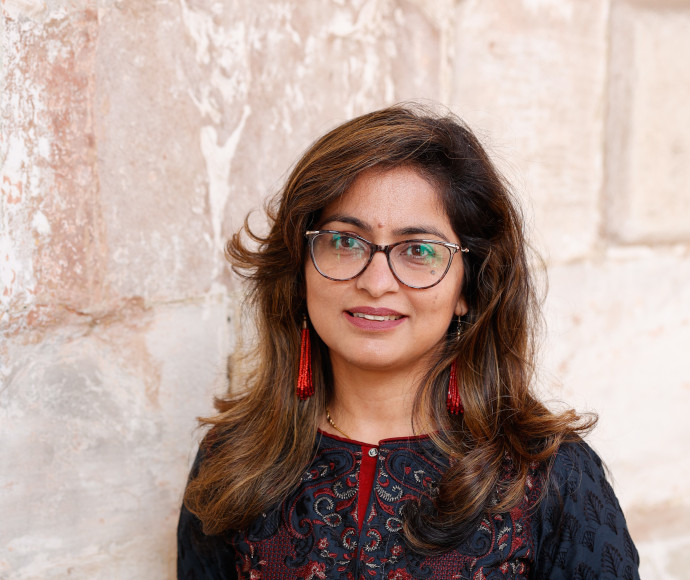
Dr Steph Hernandez
Steph is a socio-ecological scientist in the Restoration Science Team at the department. She studies the interactions between human and environmental values, particularly as they relate to restoration outcomes.
'It's about understanding humans as ecological actors so that we can explore the entire system from a social and ecological perspective,' she says.
She started her career as an ecologist until she discovered how much she loved bringing the 'ecological and social' fields together. 'When we start to see environmental challenges through the lens of socio-ecological systems, we can start to unpack what's driving challenges that are facing our biodiversity, and we relate this back to our own well-being,' she says.
'It's fulfilling to talk to people about the interactions between social and environmental indicators. People bring their own knowledge and expertise. Interdisciplinary collaborations enable us to make better decisions because it accounts for the nuance and complexity that shapes our world. I find so much joy in that.'
She knows there's still plenty of work to be done to level the playing field for women in STEM. 'Often you can feel underrepresented in this space, like you don't belong, but that is just fundamentally untrue,' she says.
'Don't change who you are to fit some preconceived idea of what you think science should be – your unique characteristics contribute to a better, more diverse, more equitable STEM environment.'
Her advice for young women curious about STEM? 'Don't be afraid to take up space. Share your opinions. Don't be afraid to talk to people working in an area you're interested in. My first voyage into research came from a cold call. And also don't feel like you need to rush to decide on your field. Give yourself space and time to think about what you want to do in your career. You might end up falling really naturally into an area of science that you're passionate about.'
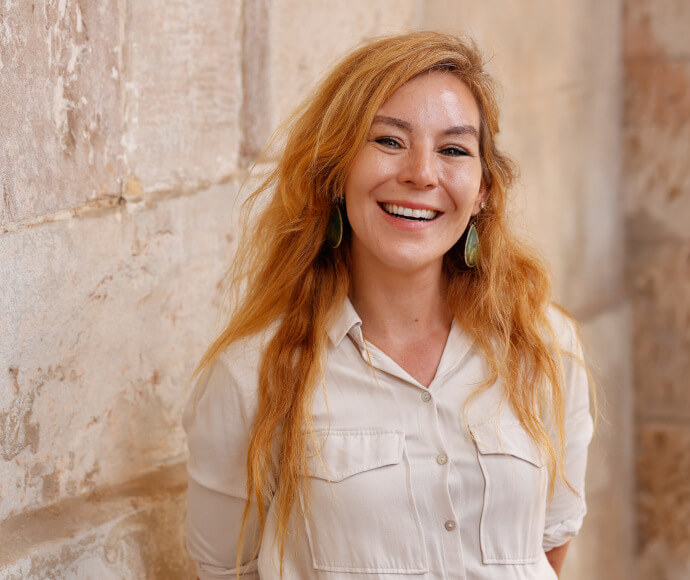
Dr Khalia Monk
Khalia is senior scientist in the atmospheric research team at the department. She researches how to use computer modelling to simulate the air quality within an airshed – the geographical region of air that is commonly affected by the same air mass due to local meteorology and topography – which can help guide the air quality forecasts and policy decisions.
'We look at the pollution emissions into the local airshed, the meteorology and how it transports the pollution around and the resulting chemical reactions between all these pollutants,' Khalia says. 'The aim is to be able to provide more accurate air quality forecasts for the community, or run scenarios to test different policy options – there are many different potential use cases.'
Her favourite part of her job is its hands-on nature and the problem-solving required to continuously improve the model. 'I enjoy both the atmospheric science research and the forecasting aspects,' she says. 'Understanding different atmospheric processes, testing predictions, figuring out what's happening with the weather and how it influences air quality.'
She loved maths and geography from a young age, and when a high-school careers advisor suggested she study meteorology, Khalia loved the idea. 'It just clicked,' she says. 'I thought, "that sounds awesome, that's my path". And it worked!'
The suggestion sent her on a 'meteorology-focused journey', including a PhD in climate science, air-quality research in the private sector, and eventually finding her way back to atmospheric science and air-quality research in state government.
She's glad that her government roles have been 'very accommodating' with maternity leave policies and part-time work arrangements that enable her to balance work with raising a family. 'That workplace flexibility is so important,' she says.
Khalia encourages girls and young women to pursue any career they're interested in. 'Be persistent,' she says. 'Have confidence in yourself and know that you're capable. STEM has so many rewarding career options – if you keep following what you're interested in, you'll find the right fit for you.'
